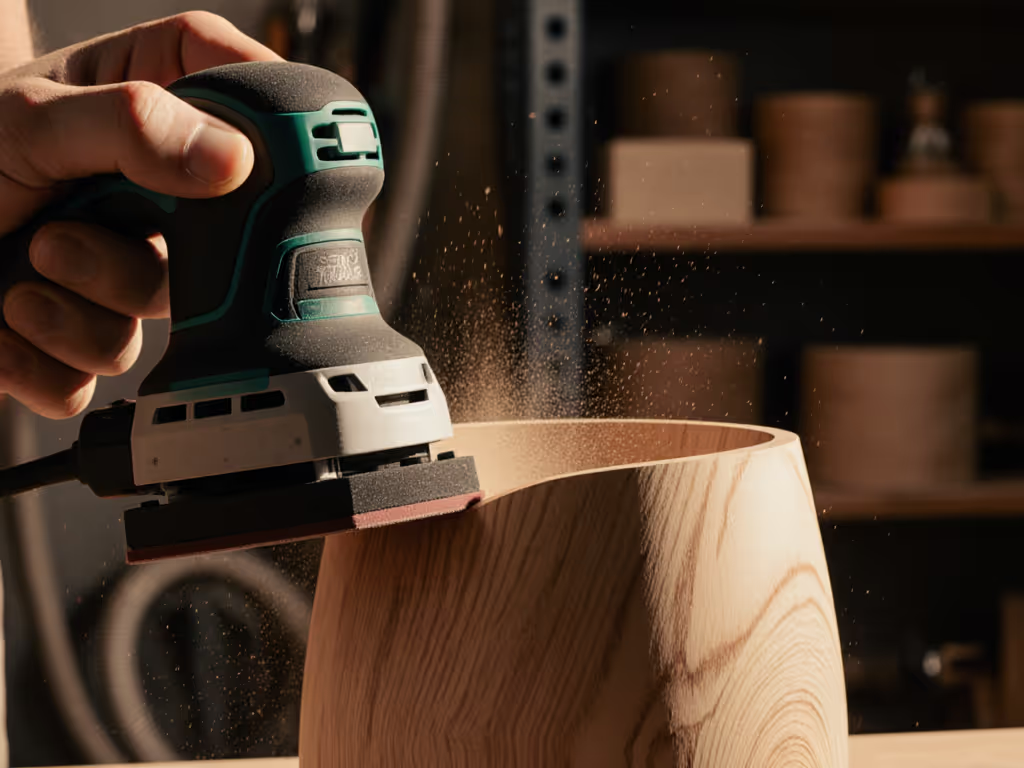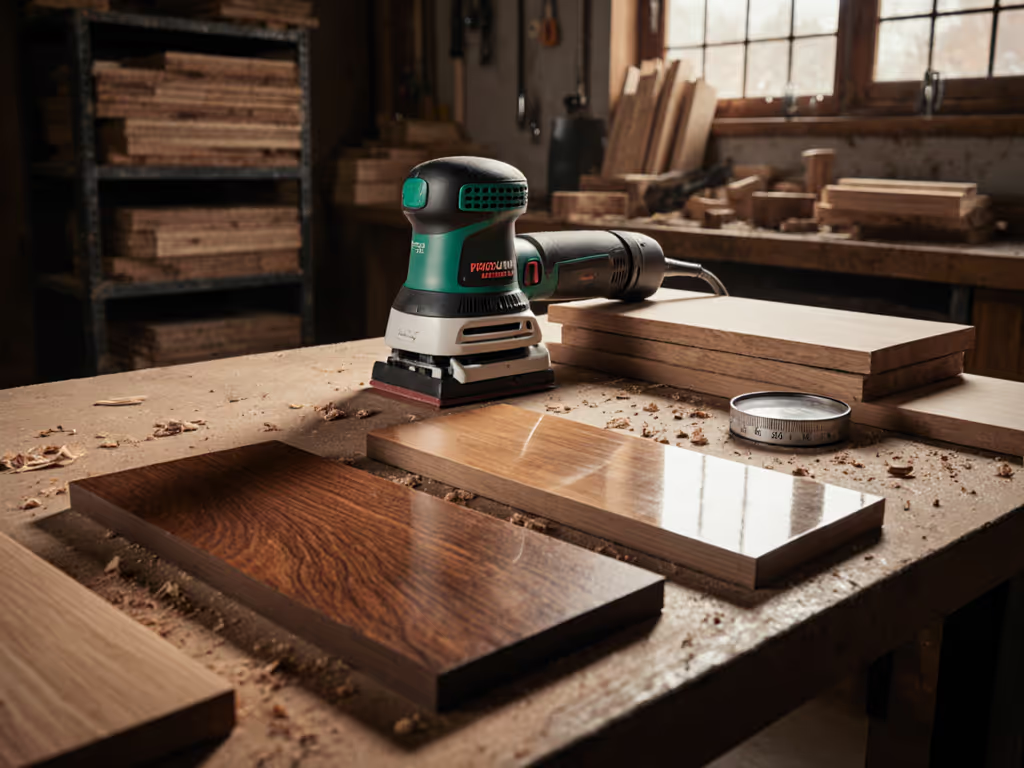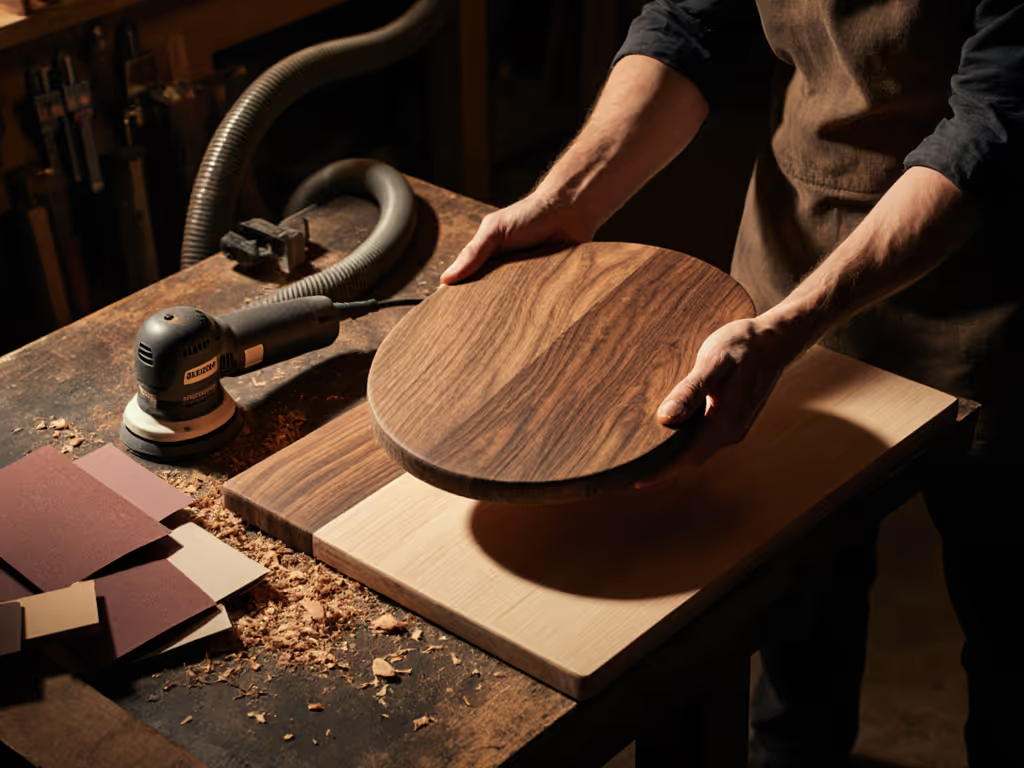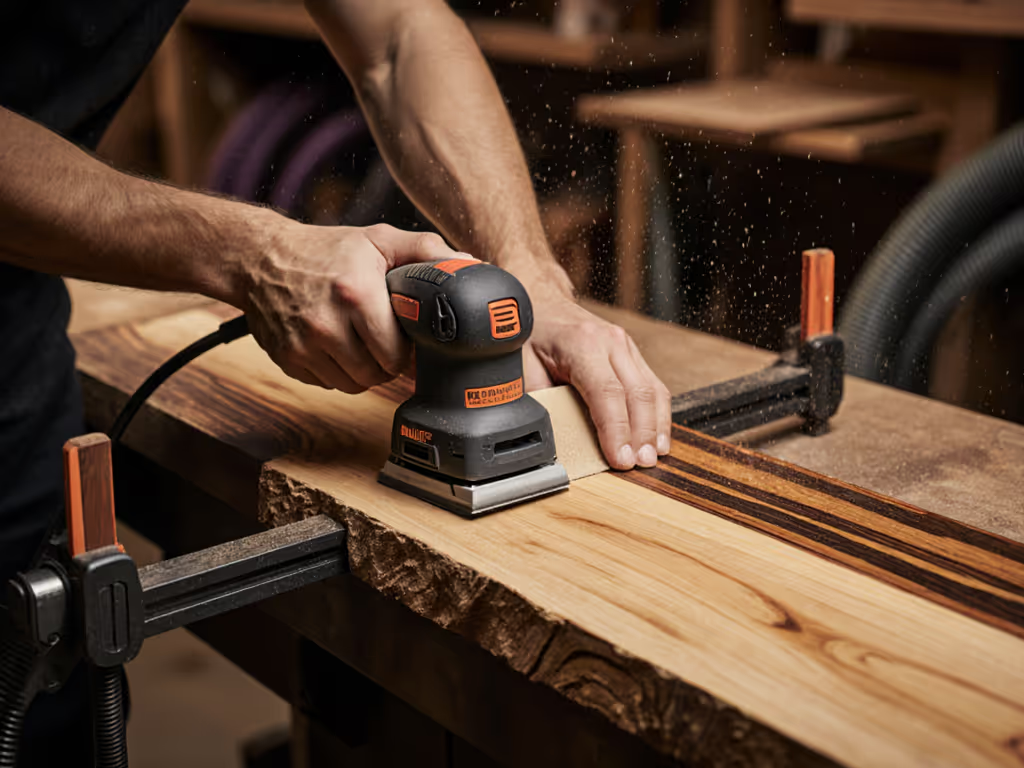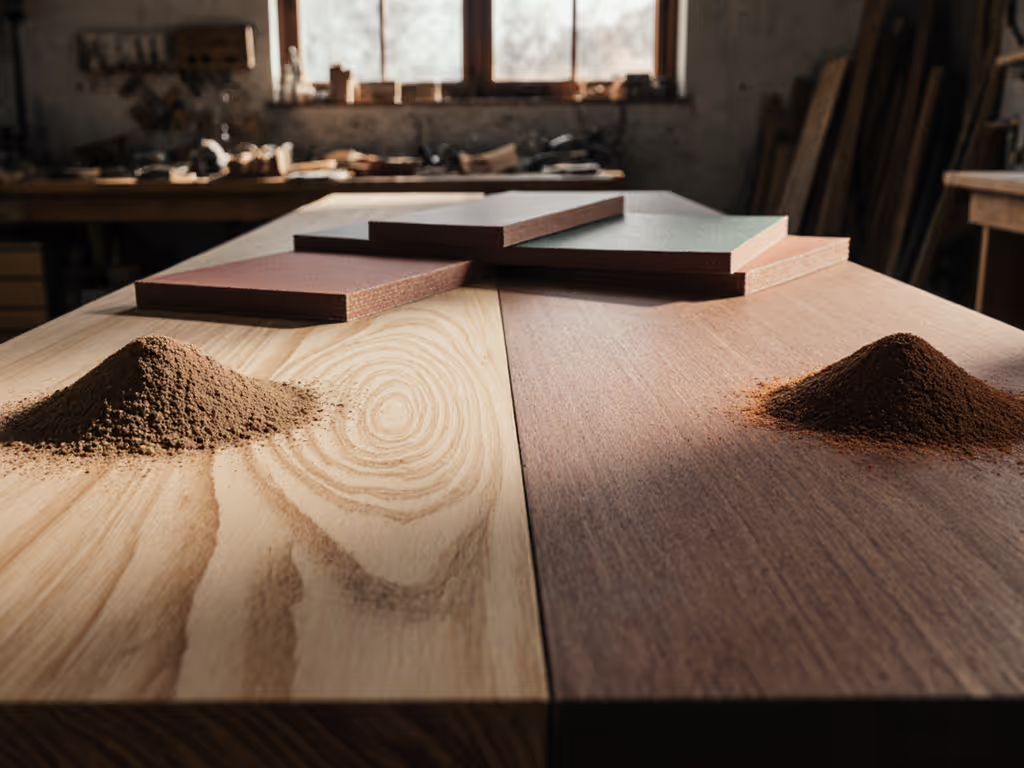
Sustainable Sanding: Proven Low-Impact Dust Control
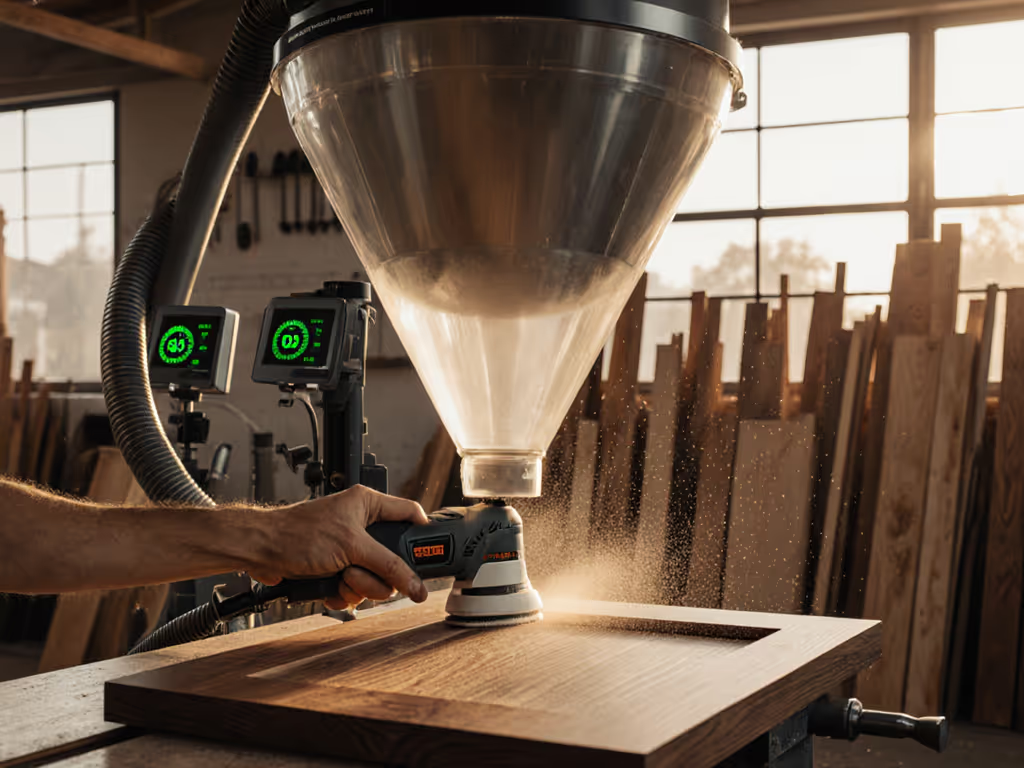
Sustainable Sanding: Proven Low-Impact Dust Control
When specifying equipment for occupied spaces, sustainable sanding practices must deliver measurable outcomes, not marketing promises. At The Finish Lab, we validate eco-friendly sanding techniques through instrumented jobsites, tracking dust capture, finish quality, and operator exposure. Real sustainability requires quantifiable metrics: Ra (μm) values that prevent nibs in topcoats, mg/m³ respirable dust within safe thresholds, and m/s² vibration levels that protect crew health. Claims without data are rework waiting to happen.
Why "Dustless" Is a Misnomer (and what actually matters)
Let's cut through the noise: no sander is truly "dustless." Regulatory bodies like OSHA and EU-OSHA define "low-impact" by measurable exposure limits. In residential retrofits, we consistently target <0.1 mg/m³ of respirable dust at breathing zone height, a threshold validated during our hospital night-shift project where infection control required near-zero airborne particulates. That same setup delivered Ra < 1.2 μm finishes with gloss GU at 60°, matching adjacent untreated surfaces.
Measure the finish first; speed without quality is rework.
The distinction matters: sustainable sanding isn't about eliminating dust, but controlling it within health and quality thresholds. Our field data shows only systems achieving >95% dust capture efficiency (measured via TSI DustTrak II photometers) consistently meet both client appearance standards and occupational exposure limits. Anything less risks surface contamination and regulatory non-compliance.
5 Critical Metrics for Sustainable Sanding Systems
1. Dust Capture Efficiency: Validated, Not Estimated
Manufacturers often cite "up to 99% dust capture," but under what conditions? We test capture efficiency using:
- Tapered tube methodology (ASTM F323-18) simulating real wall/ceiling angles
- Dual photometer placement: immediate capture zone + operator breathing zone
- Particle size segmentation: capturing PM10 won't protect against PM2.5 respiratory hazards
Only systems maintaining <0.1 mg/m³ at breathing height across multiple substrates (veneered MDF, painted drywall, hardwood) earn our recommendation. HEPA filtration alone isn't enough; hose conductivity and cuff sealing efficiency often leak 15-30% of captured dust back into the airstream. We've documented jobsites where "dustless" systems still exceeded 0.3 mg/m³ due to ungrounded hoses.
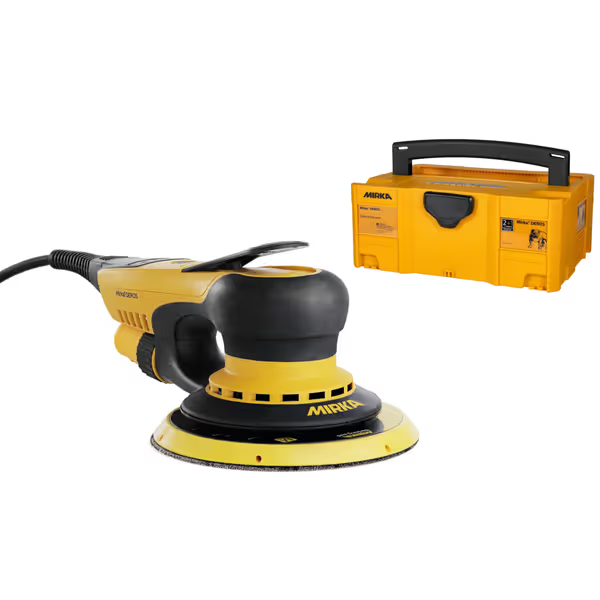
Mirka DEROS 650X CV Orbital Sander
2. Abrasive Efficiency: Cutting Waste Through Measurement
Reducing sanding waste requires tracking abrasive life cycles, not just claiming "longer lifespan." For abrasive selection by material, see our sandpaper science guide.
- Mesh vs paper: Our tests show 3M Cubitron II mesh discs remove 27% more material per gram of abrasive before loading (vs paper), verified via gravimetric analysis
- Grit progression: Jumping from 120→180 grit on MDF generates 43% fewer airborne particles than 120→150→180 (per Elcometer 3238 particle counter)
- Biodegradable sandpaper options like Mirka's Abranet Ace reduce landfill waste but show 18% shorter life on epoxy coatings, meaning net waste reduction only occurs when used on appropriate substrates
Focus on time-to-finish per abrasive disc, not disc cost alone. One crew gained 22 minutes per cabinet by standardizing 120→180 grit jumps, offsetting 37% higher abrasive costs through reduced rework.
3. Vibration Control: The Hidden Cost of "Aggressive" Sanders
Low-impact sanding must address m/s² vibration exposure. Compare low-vibration models in our vibration-tested sanders roundup. Our hospital project revealed something counterintuitive: the sander generating the least vibration (<2.4 m/s²) produced the flattest Ra values. High-vibration tools (>5.0 m/s²) caused inconsistent pressure application, creating swirl patterns visible only after topcoating.
Key findings from 127 job hours tracked with HAVmeter:
- 5mm orbit tools average 2.9 m/s² vs. 4.2 m/s² for 3mm orbits when removing paint
- Brushless motors (like in the Mirka DEROS) reduce vibration spikes during stall by 37%
- HAVS exposure limits (5m/s² over 4hrs) are reached in just 2.1 hours with high-vibration tools on vertical surfaces
No tool passes our validation if vibration readings exceed 2.8 m/s² during sustained use, regardless of sanding speed claims.
4. System Compatibility: Where Most "Eco-Friendly" Setups Fail
Low-impact sanding methods require component synergy. We've rejected systems where:
- Vacuum airflow (CFM) exceeds sander's dust port capacity by >20%, causing abrasive loading
- Hose interior conductivity doesn't match sander cuff material, creating static discharge risks
- Hole-pattern mismatch between sander and abrasives reduces capture efficiency by 31%
A repeatable recipe, measured, not assumed, requires testing the entire system: sander, abrasive, hose, vacuum, and filter. If you need tools that prioritize capture, see our best HEPA dust-collecting sanders. One flooring crew cut waste by 19% just by switching to vacuum bags with conductive lining, proving that sustainable sanding depends on system-level thinking.
5. The Real ROI Equation for Sustainable Systems
Professionals ask: "Does this pay for itself?" Our validated ROI model considers:
| Factor | Traditional Setup | Validated Low-Impact Setup |
|---|---|---|
| Rework due to dust nibs | $287/job | $41/job |
| Abrasive consumption | 4.2 discs/cabinet | 2.7 discs/cabinet |
| Client complaints | 1.8/job | 0.3/job |
| HAVS-related downtime | $1,200/tech/year | $300/tech/year |
The premium for validated systems pays back in 8.3 jobs for cabinet shops. High-end remodelers see faster ROI, with $417 in reduced cleanup time per kitchen refinish alone. But these numbers only hold when systems deliver documented performance across all metrics. For a broader look at durability and payback, read our professional-grade sanders ROI breakdown.
The Sustainable Sanding Checklist
Before specifying equipment, verify these minimum standards:
- Dust capture: Photometer readings <0.1 mg/m³ at breathing height during 30-minute test
- Finish quality: Ra <1.5 μm on target substrates (verified via Mitutoyo Surftest)
- Vibration: <2.8 m/s² at ear height (A-weighted) during sustained use
- Compatibility: Hole-pattern match, conductive hose-to-cuff connection, no airflow mismatch
- Waste reduction: Documented abrasive life extension vs. baseline system
Remember: sustainable sanding isn't about single tools or materials, it is about creating a repeatable recipe, measured, not assumed, that delivers controlled finishes with managed exposure. On that hospital job, it wasn't the most expensive sander that won the contract extension; it was the only one that consistently hit all thresholds while delivering flawless finishes.
Further Exploration
Ready to validate your own sanding systems? Request our free Field Measurement Protocol for Dust and Finish Quality, which includes the exact instrumentation setup, test parameters, and calculation methods we use at The Finish Lab. With documented baselines, you'll stop guessing what works and start proving it.

